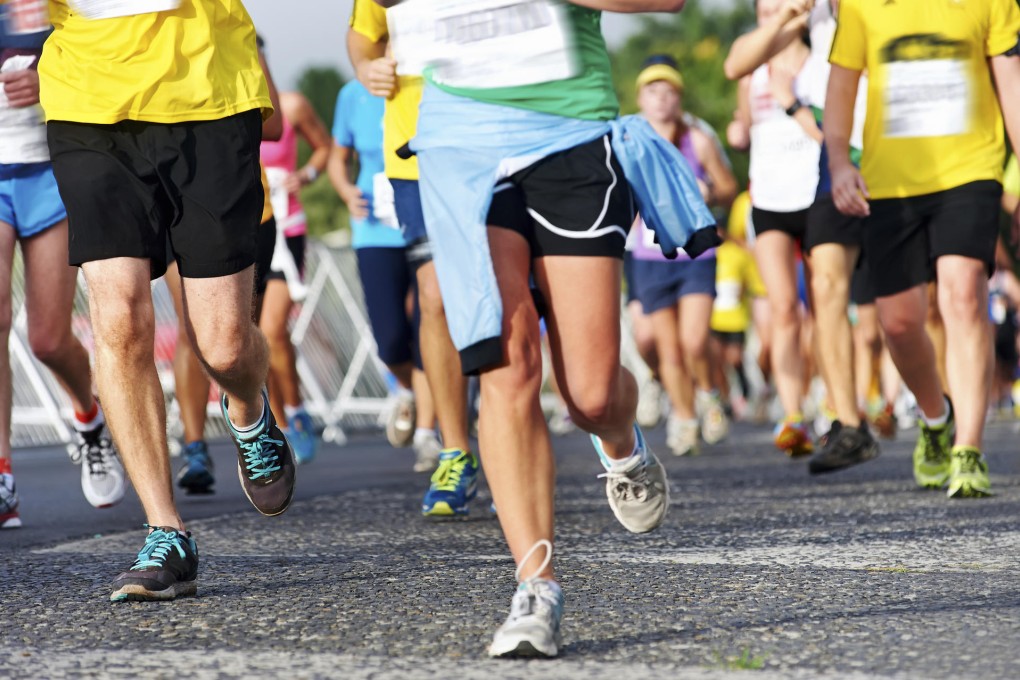Expensive running shoes don't prevent injuries, but comfortable ones might
Despite the lack of proof, we’re bombarded by claims from global footwear companies about the advantages of their pricey products


So it's no surprise that avoiding injuries is a priority for runners, one third of whom are willing to upgrade their footwear if they feel it is safer and will improve their performance. But do the promises made by global footwear companies about their expensive running shoes stack up?
"People buy running shoes that are three times more expensive but are less satisfied," says Andersen. "We did this study to spread the word that 'the higher the list price, the more value' does not apply to running shoes."
In August, the Hong Kong Consumer Council echoed a similar alert in its publication Choice, quoting results from a study by the International Consumer Research and Testing and German consumer organisation Stiftung Warentest of 15 running shoes from nine brands. The shoe prices ranged from about HK$700 to HK$1,220.
Twenty-four experienced runners evaluated the shoes on performance, comfort level and preference. Four of the models rated highest (four out of five points) by the runners belonged to the low-to-mid-price range (HK$780 to HK$900). On the other hand, the ratings for the most expensive models were just average.